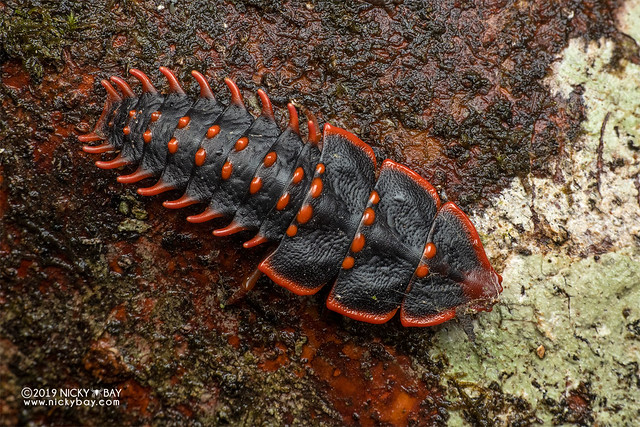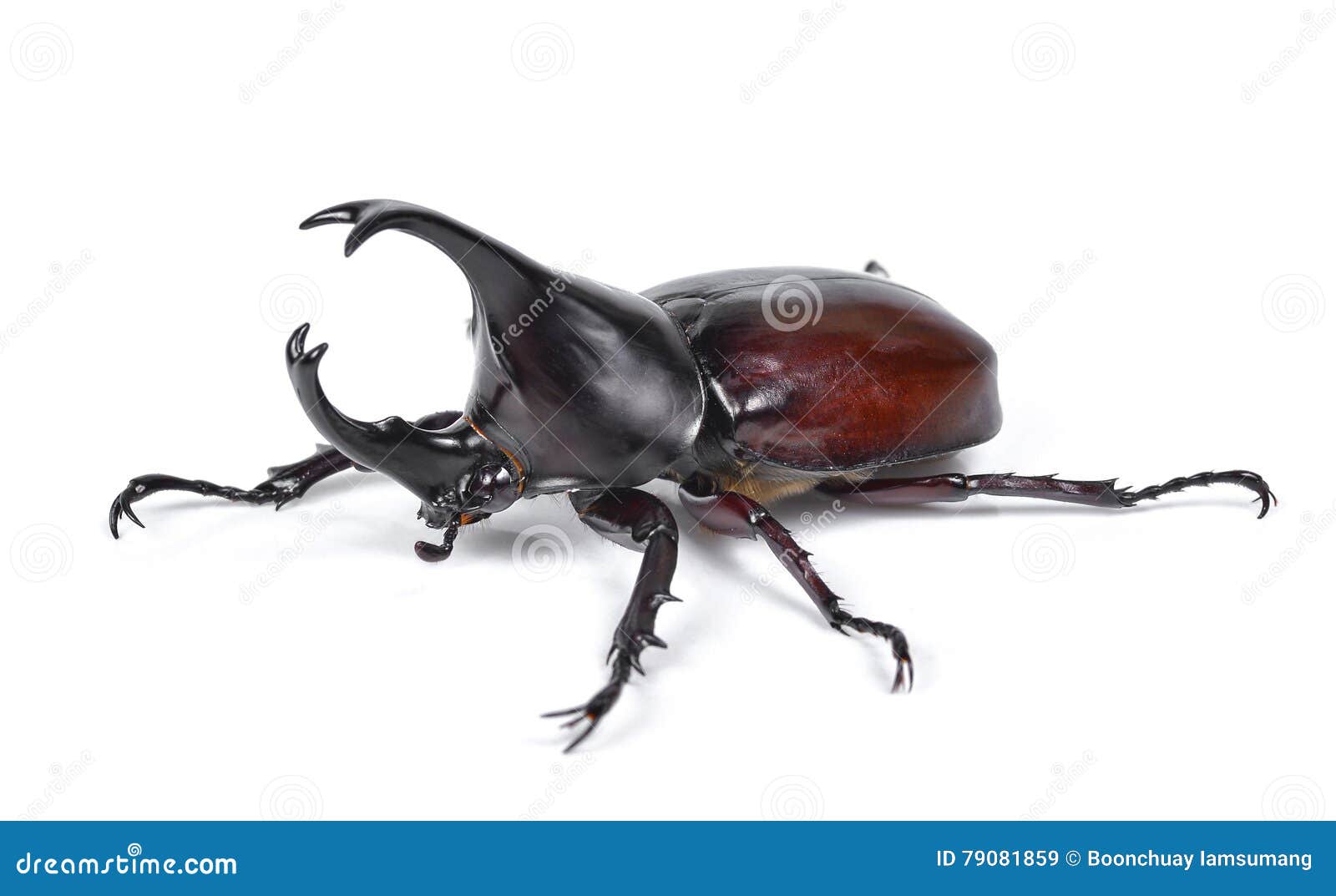

Bugs, instead, have piercing, sucking mouthparts they use to bite plant tissue or skin. Beetles are winged insects in the order Coleoptera, and they have chewing mouthparts called mandibles. However, true bugs in the order Hemiptera are not the same as beetles. One type of small red beetle with black spots that flies is the ladybug or lady beetle. Others can have striped, speckled, or patterned bodies. Some of the most stunning varieties of beetles have iridescent coloring with shades of metallic colors. The Scydosella musawasensis beetle is less than 1 mm long! The largest beetle, the Titan beetle, can grow to nearly 7” (17 cm)! However, the average size of most beetles is under 1” (2.5 cm) long.Īlthough many beetle species are black, beetles can be a range of colors from green to brown, red, or orange. The smallest species of beetle is also the smallest insect in the world.

Insects in the beetle order can range in size from very small to relatively large. In fact, the old English word for beetle literally means “little biter.” Some types of beetles can fly and others bite. There are over 400,000 species of beetles that are divided into families and subgroups. Identifying beetles by their color, body shape, and other features can help to know which type of beetle you have.Īll types of beetle are anthropoids (phylum Arthropoda) that belong to the order Coleoptera. However, there are also some beetle species that can destroy plants or vegetation. Many types of beetles are harmless and can be beneficial for gardens or backyards. Some species of scarab are threatened by habitat loss and collection by beetle hunters, but as a whole, the scarab population is stable.Share on Email Share on Pinterest Share on Facebook Share on Twitter Share on LinkedInīeetles are some of the most fascinating types of insects that you will come across. Because they move so much waste underground, dung beetles are considered essential to controlling disease and pests among livestock. Females plant a single egg in a dung ball where it matures from larva to fully formed beetle, feeding off the waste. Some species simply live in the dung, while others form perfectly spherical dung balls, which they roll with their hind legs, often over large distances, to a place where they can bury it. Dung Beetlesĭung beetles have a keen sense of smell that allows them to hone in on their favorite food and use specialized mouth parts to draw out moisture and nutrients from the waste. The Egyptian sacred scarab is a dung beetle. These beetles subsist entirely on the undigested nutrients in the waste of herbivores like sheep, cattle, and elephants. There’s even a variety that subsists on the slime left by snails.īut the most well-known diet item is consumed by the scarabs called dung beetles. Some eat fruit, fungi, carrion, or insects. Some consume live plants and are considered agricultural pests. Dietĭiets of these beetles vary from species to species. The smallest grow to about 0.08 inches while the Hercules beetle can reach a palm-covering 6.7 inches in length. Scarabs are generally oval-shaped and stout, ranging in size from miniscule to mythic.

There are even species that are iridescent and some with a truly unnatural-looking metallic sheen. But many, particularly tropical varieties, explode with bright colors and intricate patterns. Most scarabs are monotone black or brown in color. And perhaps the most famous member of the family, the sacred scarab, was actually worshipped by the Egyptians as the embodiment of the sun god Khepri. The enormous rhinoceros beetles of Central and South America are scarabs. The Japanese beetle that savages your landscaping? A scarab as well. The June bug pinging incessantly off your front porch light is a type of scarab. There are about 30,000 scarab species comprising about 10 percent of all known beetles.

Scarabs are a mesmerizingly diverse family of beetle found in every part of the world except in the oceans and on Antarctica.


 0 kommentar(er)
0 kommentar(er)
